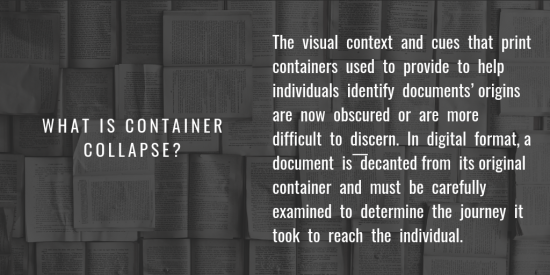Gentle reader, we’re already at our tenth blog post!

LibGuides for All
Help me celebrate by checking out a resource I created on a theme that’s been running throughout my blogging careeer: Accessibility.
Take a look at “LibGuides for All” — it’s a site I created to help folks get started in creating accessible LibGuides.
I think that switching how you do stuff at work in your professional practice, as an individual but especially as a group, can be a little overwhelming and stressful. So, I collected some introductory material on digital accessibility, especially as it pertains to larger social questions in academia and STEM and college, and also created some how-to videos. I’m hoping this website can be used in conjunction with an in-house workshop on creating accessible LibGuides.
I asked for some feedback from colleagues and they were all for changing our practice to include digital accessibility. However, there was some reluctance in spending time on it without a directive from on high. I think I need to emphasize the fact that these are habits not big huge new ways of mind-altering change.
Big Questions
What has your experience been with professionals and whether they are willingness to incorporate small changes such as those found in LibGuides for All?
Please let me know what you think of LibGuides for All. You know me by now — I love your feedback.


